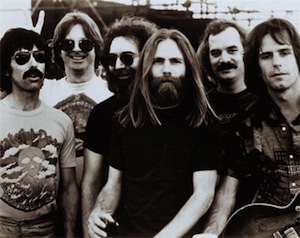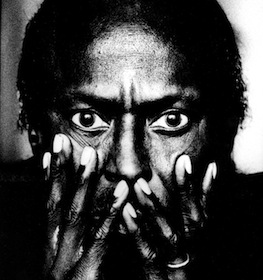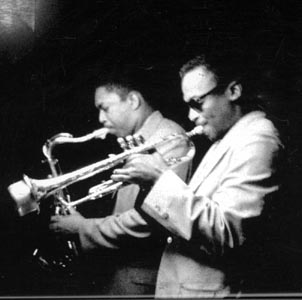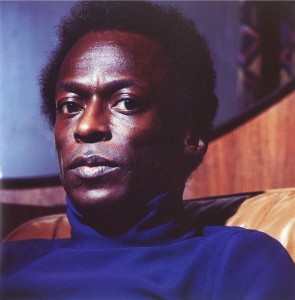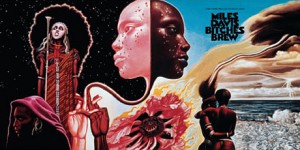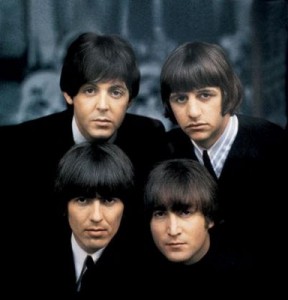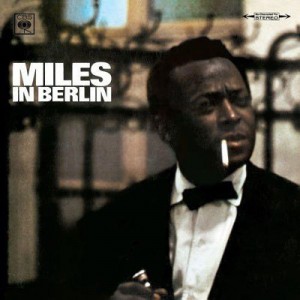Well… it’s been a couple of weeks. The first week I was in Italy for concerts and workshops and just didn’t have discs with me. It was a fair trade off, to say the least. Then last week was dealing with jet-lag as well as just adjusting to teaching again… but in the past couple of nights I have gotten back into the swing of things. Last night was some Radiohead, The Spinanes and Oasis, tonight features a two-disc opportunistic greatest hits Grateful Dead set (‘The Arista Years’) as well as the first Dick’s Picks, the complete Miles Davis ‘In A Silent Way’ sessions and an Arvo Pärt disc.
I say ‘opportunistic’ about the ‘Arista Years’ discs because they came out within about a year of Jerry Garcia dying. For the label to just throw together the collection was surely a way to try and milk the Arista catalog for what it could. And while there are some good songs on ‘Terrapin Station’ and ‘In The Dark’, for the most part all these albums sounded weak compared to live concerts (which is amazing… 1977 is a time of generally high quality Dead shows, and the studio albums from around that time some lifeless). What is even more amazing to me is that this collection represents 18 years of the band’s 30 year existence, yet a small portion of their recordings. So while in some ways it seems like the release of the disc may have been a little ‘too soon’, at the same time I can understand why it was put together. With the exception of ‘In The Dark’, I imagine none of these albums really paid for themselves. And for the most part, the collection puts together just about the songs I would want off these albums. I certainly wasn’t ever going to put down cash to buy any of these records, not when I could probably get just about all of them in great live performances. But in a two disc set, well, not bad. I bought it. And so it seems a little cold to me on the one hand that just after this band has officially called it quits after Jerry died that their label would carve the work up for such commercial purposes. At the same time… sure am glad they did! I certainly wouldn’t have paid for the ‘Complete Arista Years With Outakes’ discs.
Which is basically what Columbia did for Miles Davis. The box sets they released over the past decade or so that capture his output during his time at Columbia are nothing short of amazing, and I think the ‘In A Silent Way’ sessions is the last of the Miles box sets I have to rip. While only three discs, the liner notes comment that this set covers about six months worth of sessions that have Miles leaving the Quintet behind while looking ahead to what will become ‘Bitches Brew’. While I would never question the genius that is ‘Bitches Brew’ I like ‘In A Silent Way’ better. The music is haunting at times, at other times it is stretching out and searching. And some of the tracks almost feel like younger Miles Davis. It is experimentation building on foundation, and it is amazing to hear the progression while listening to the discs from beginning to end. The rehearsals that were recorded also show how this music was shaped in the studio, and while they are rehearsals they are just as exciting as the material that made its way onto the final discs. Also of note is the presence more and more of the electric piano and organ (sometimes there are three keyboards playing on a single track!) as well as more electric guitar (welcome John McLaughlin). The tunes get a funkier, sometimes denser, feeling as a result.


